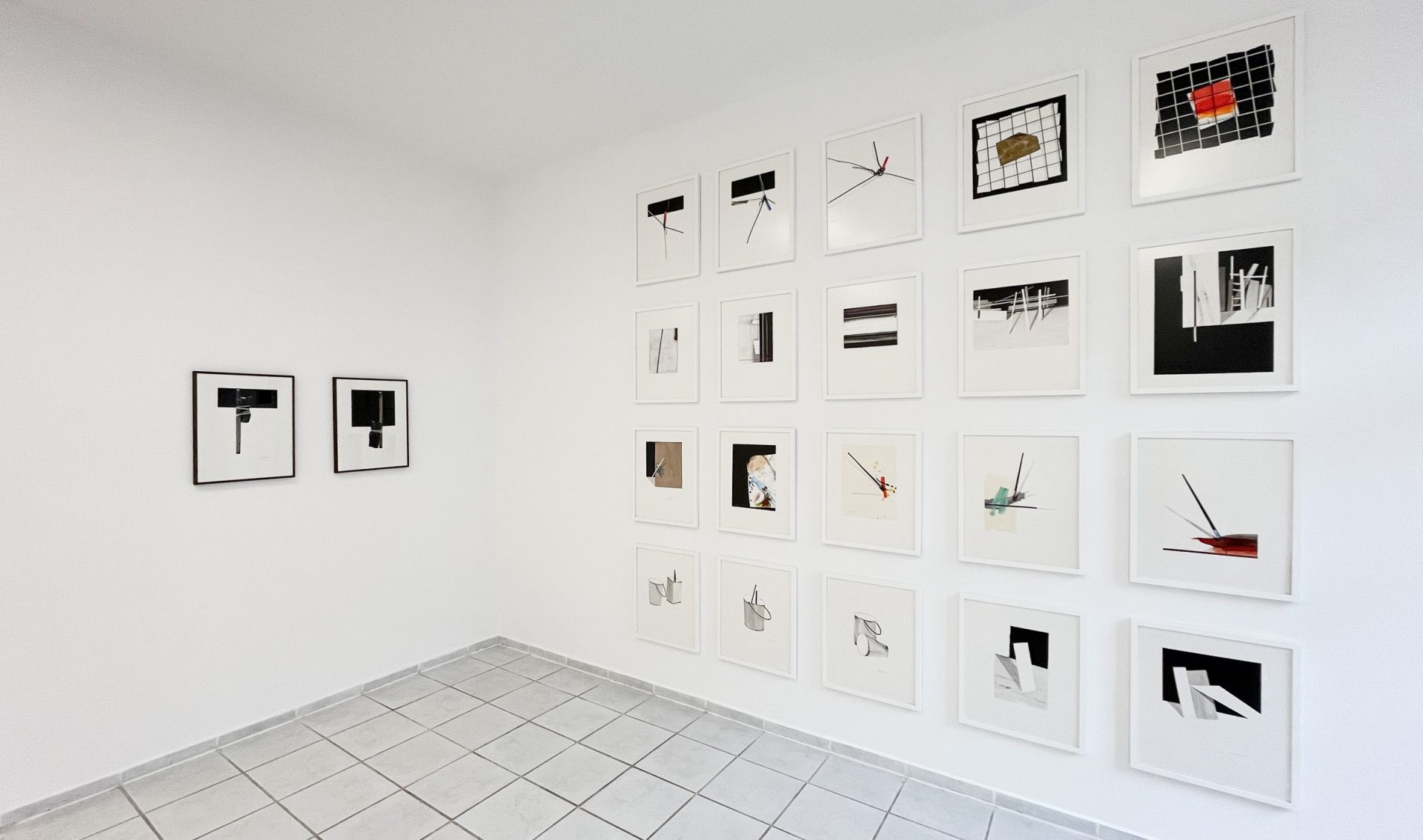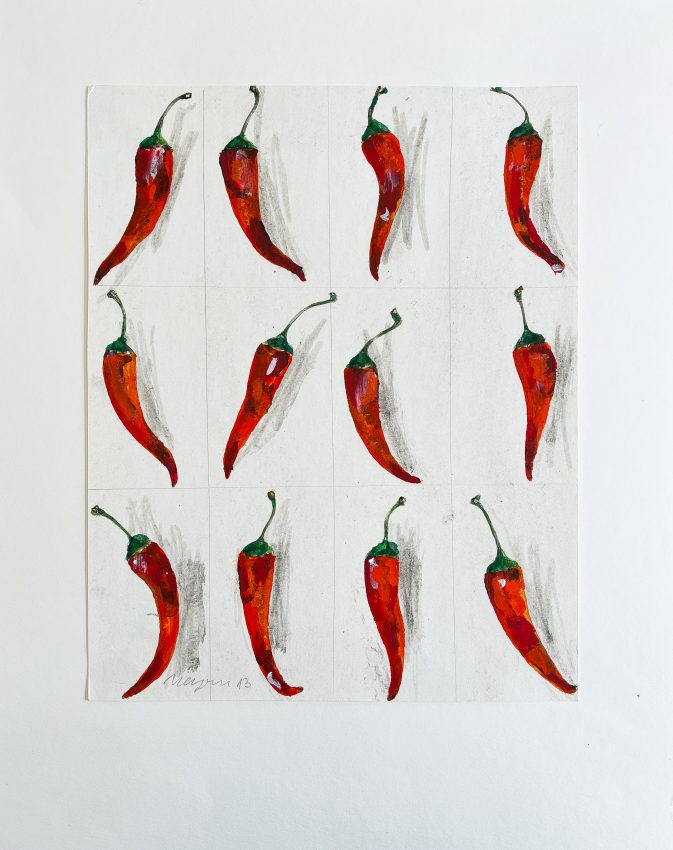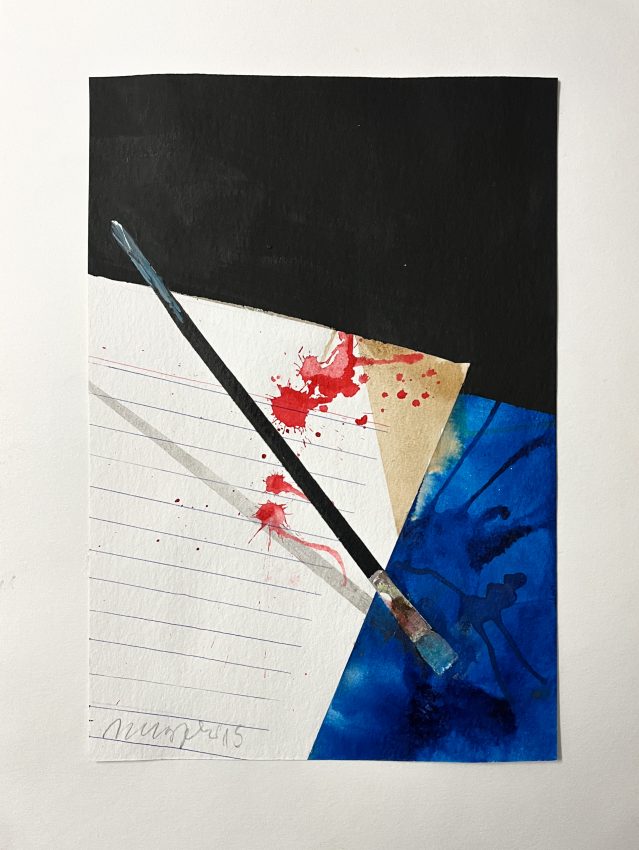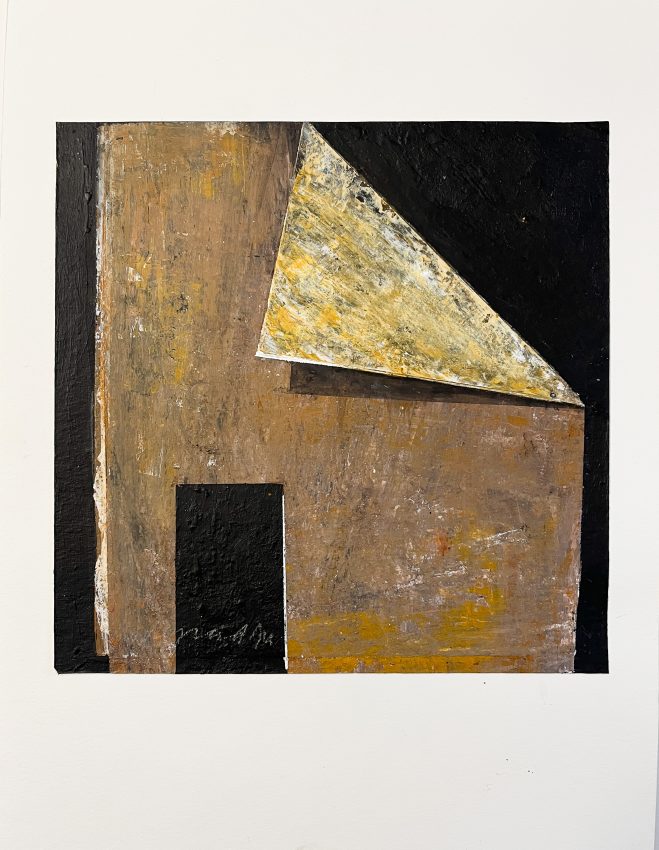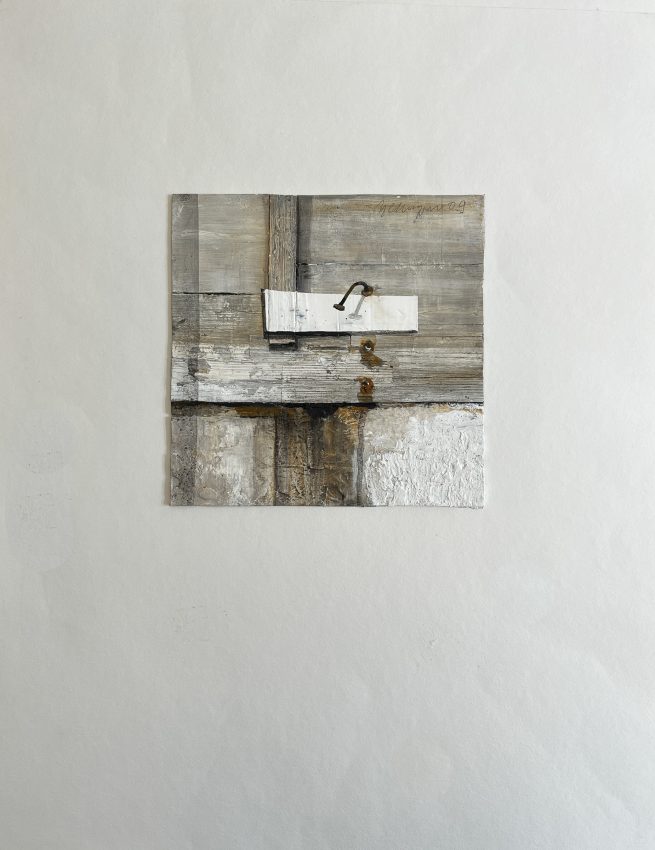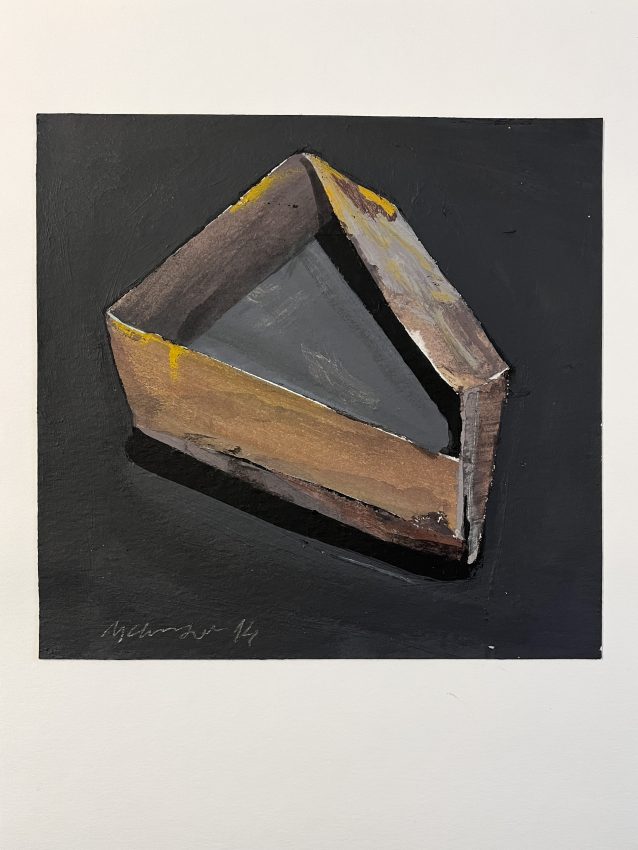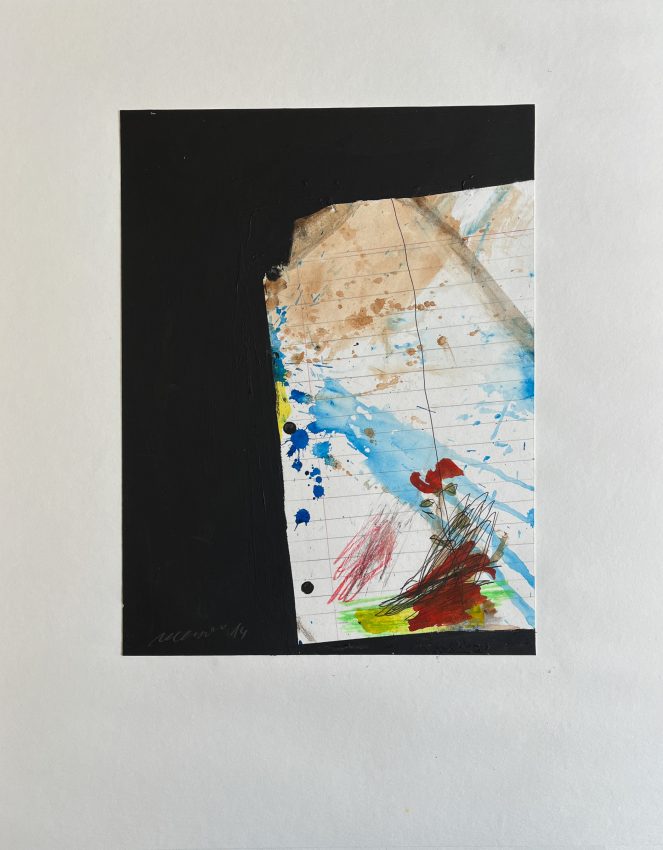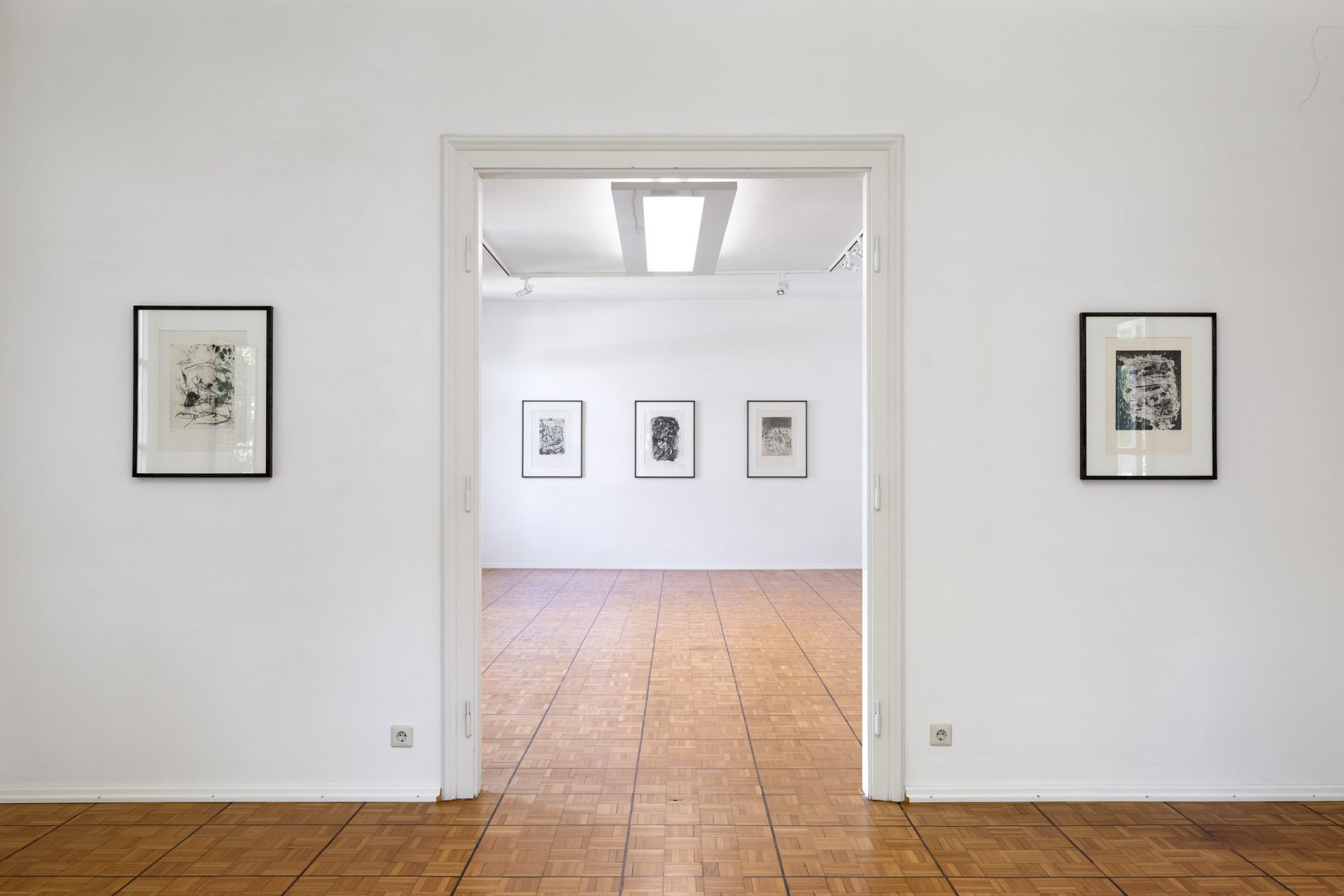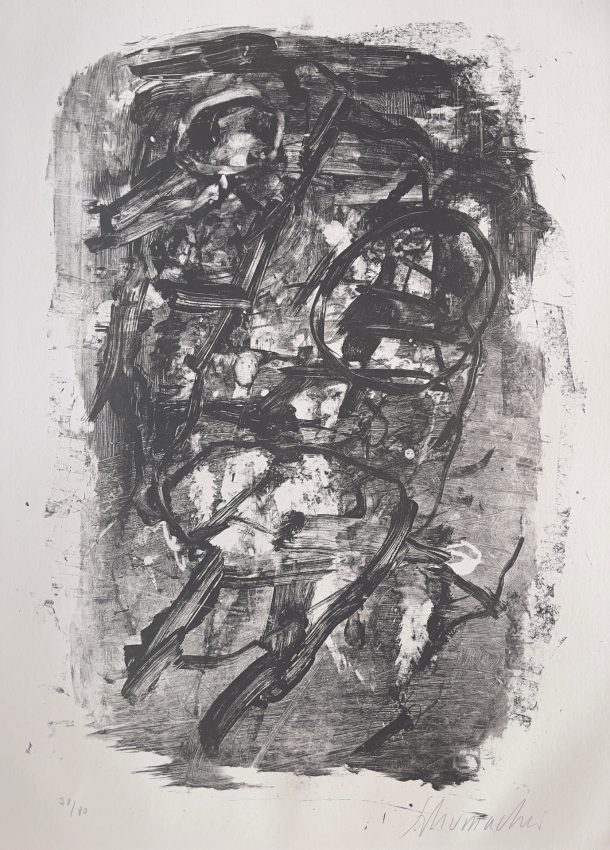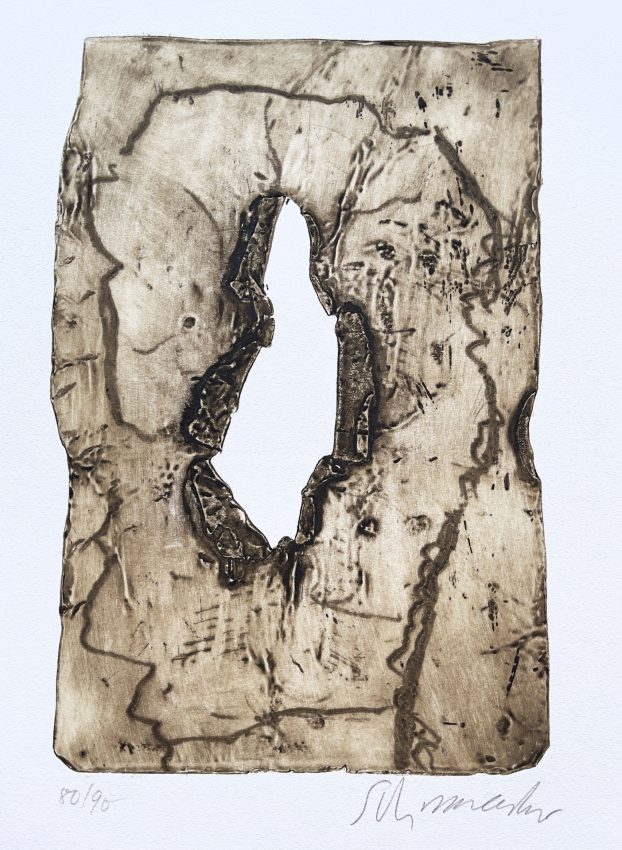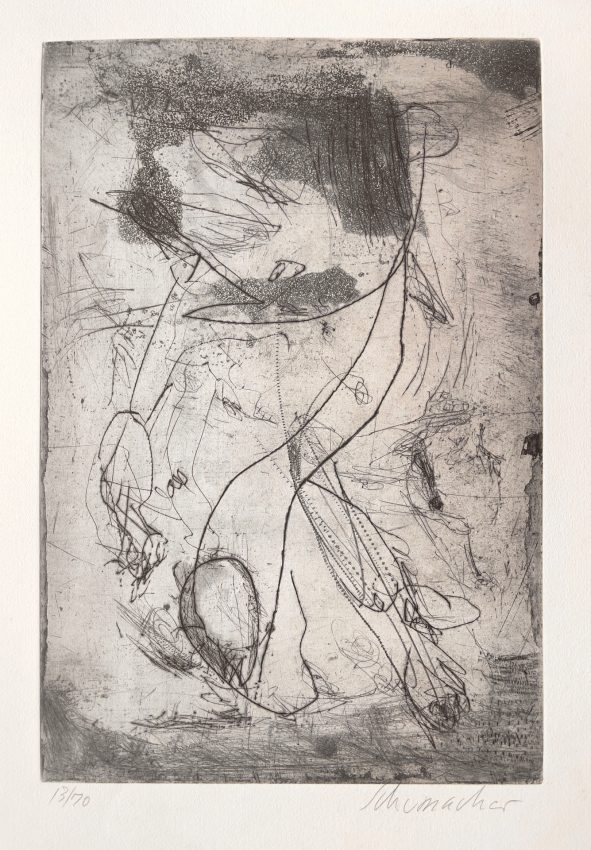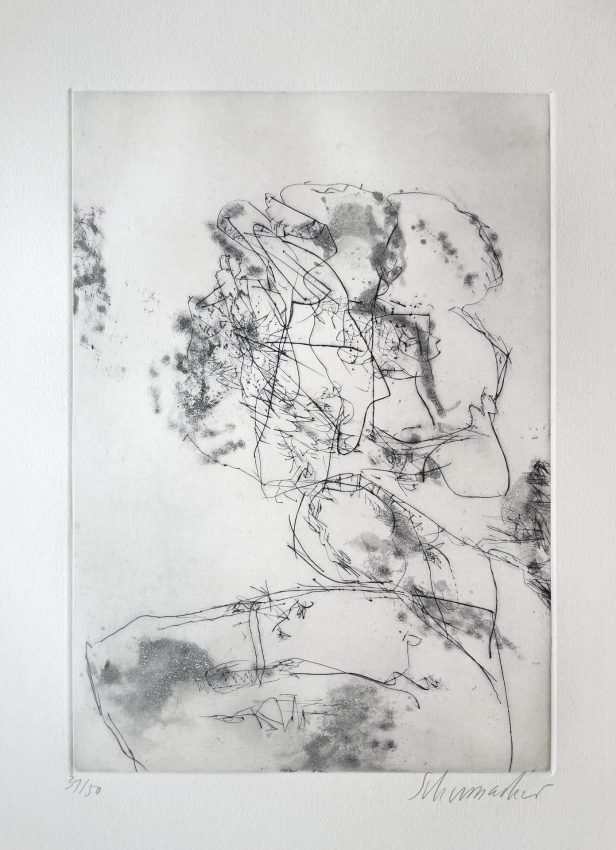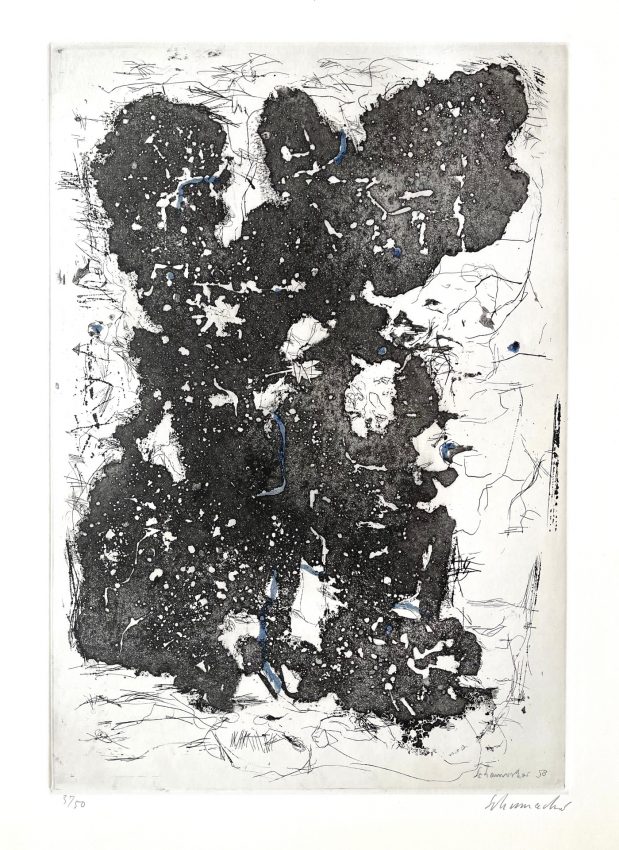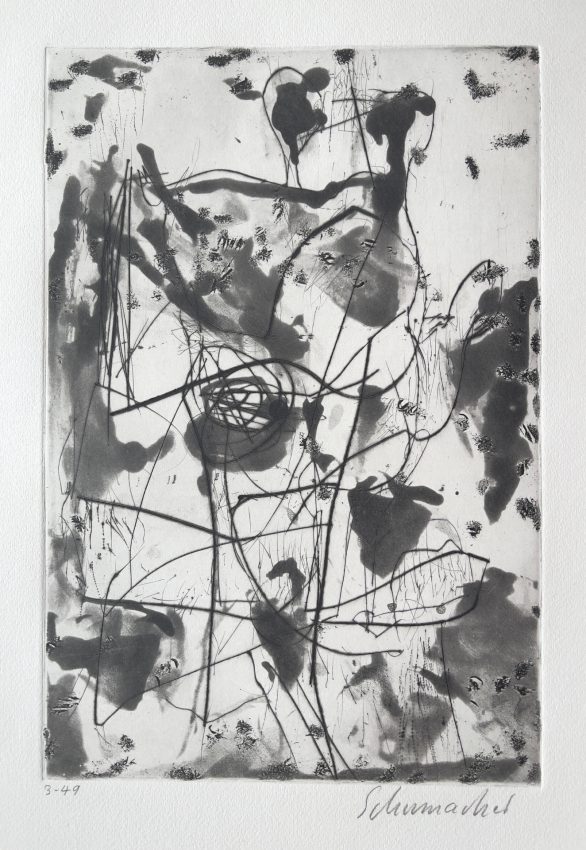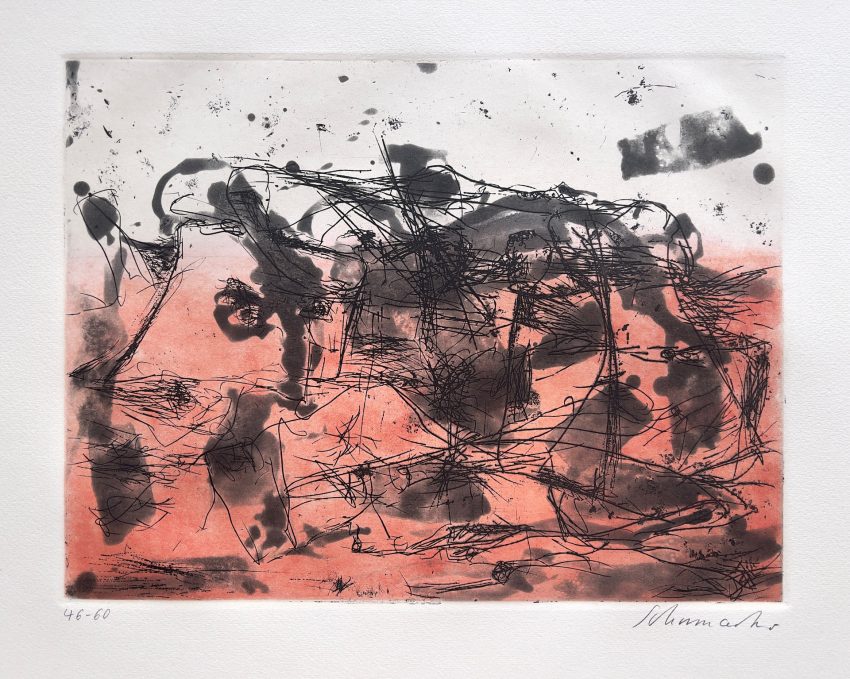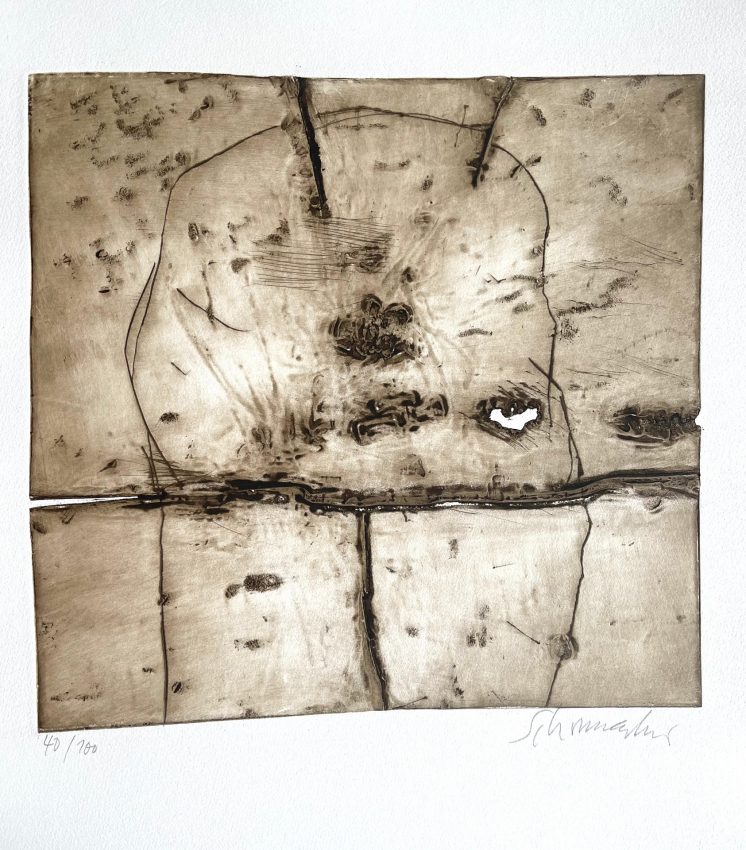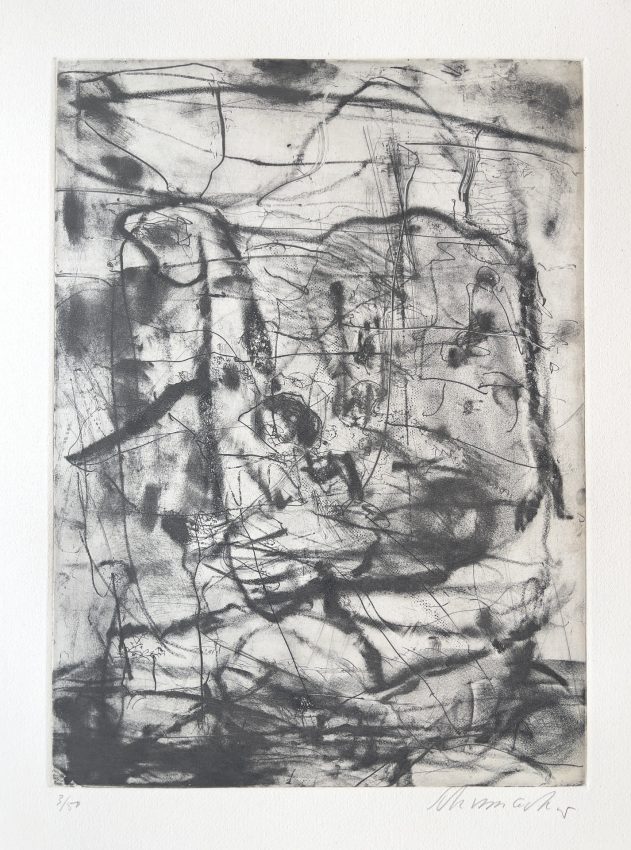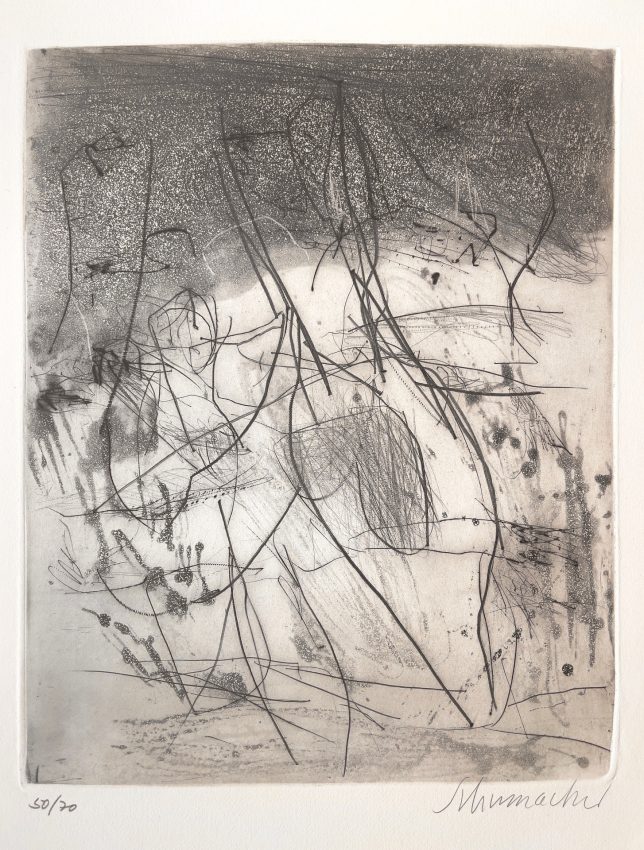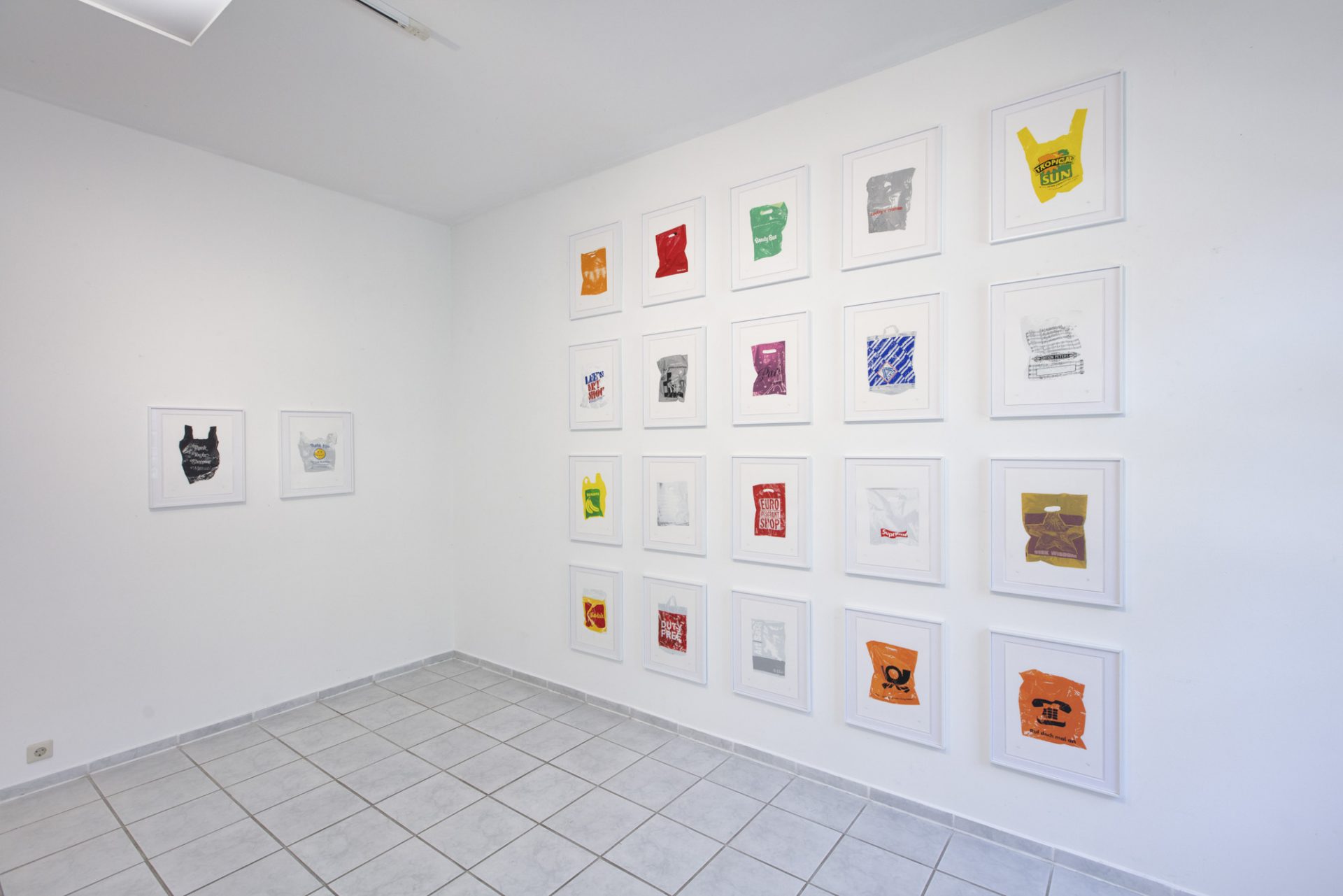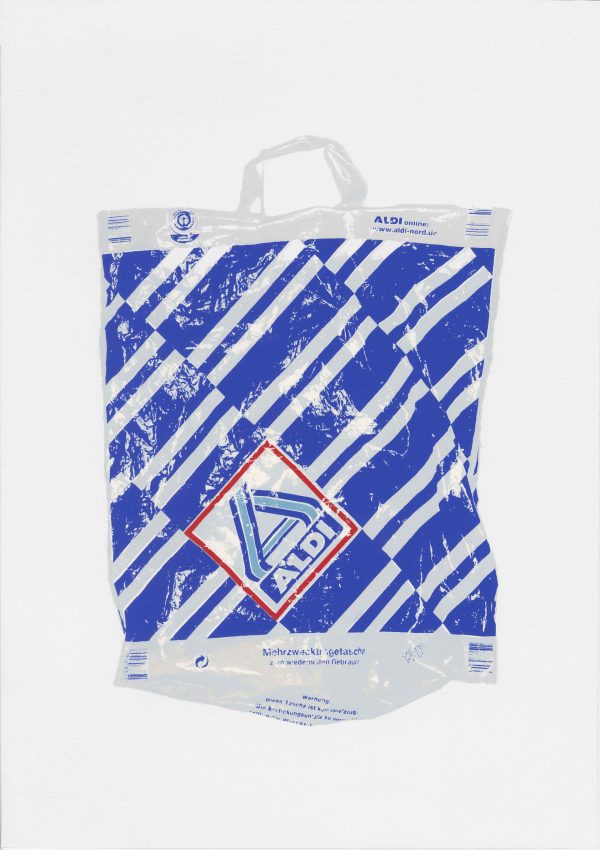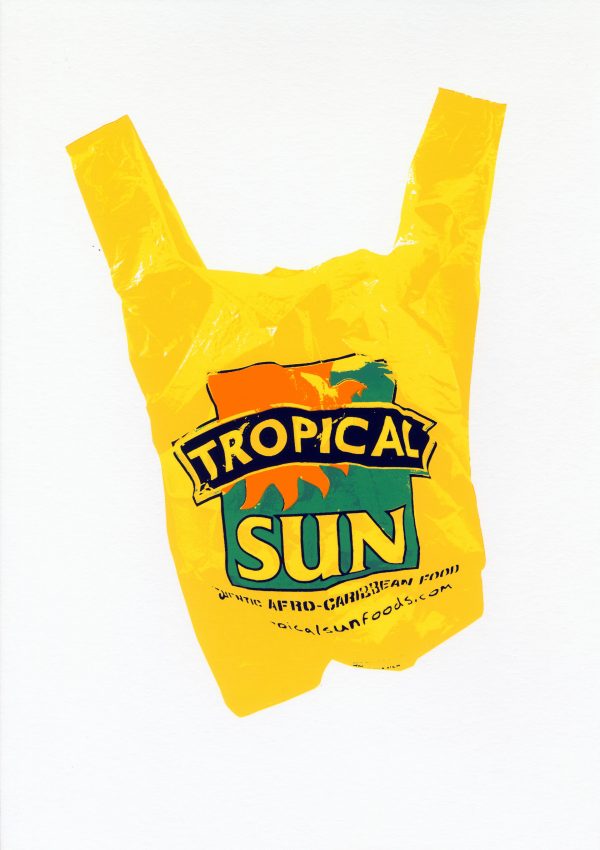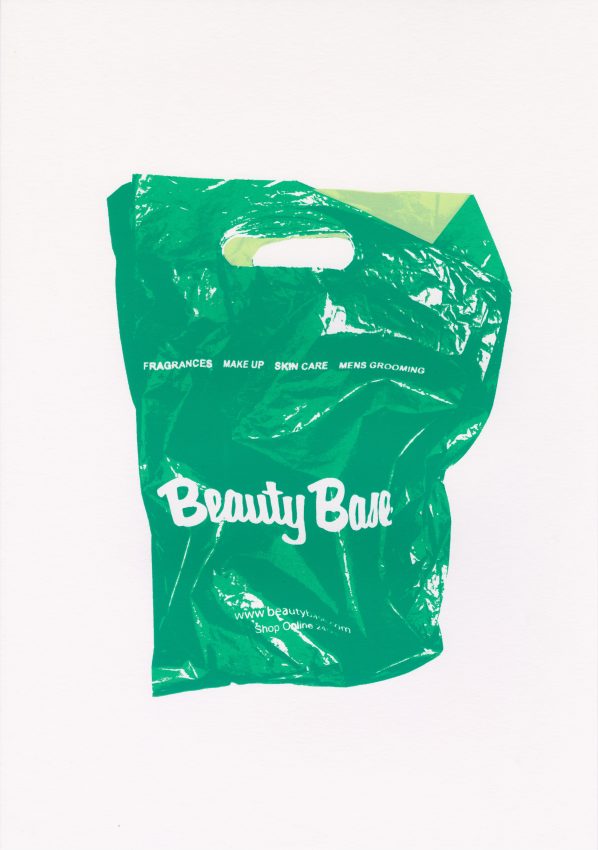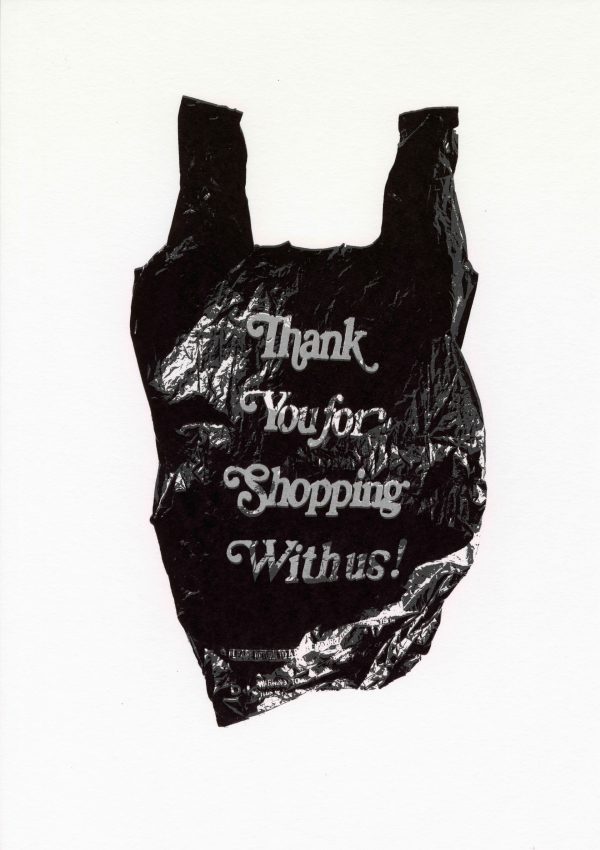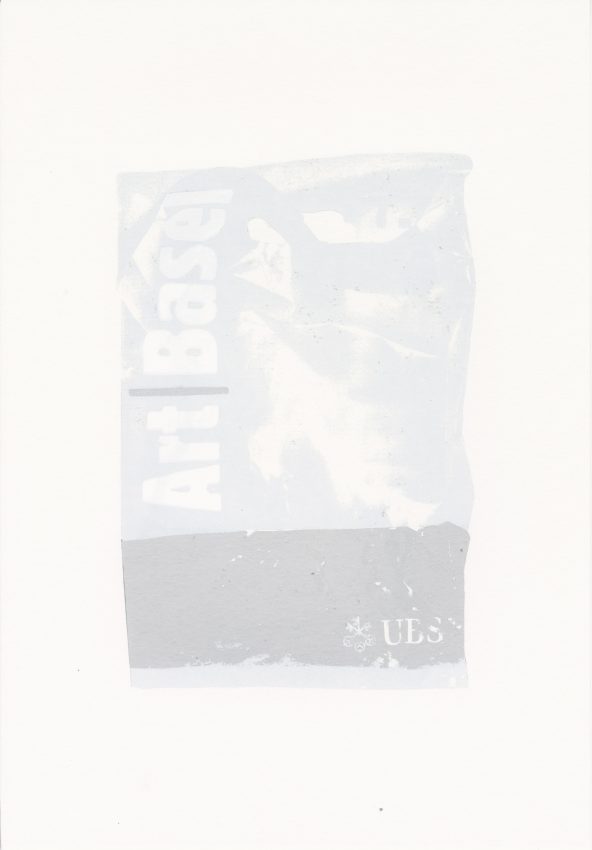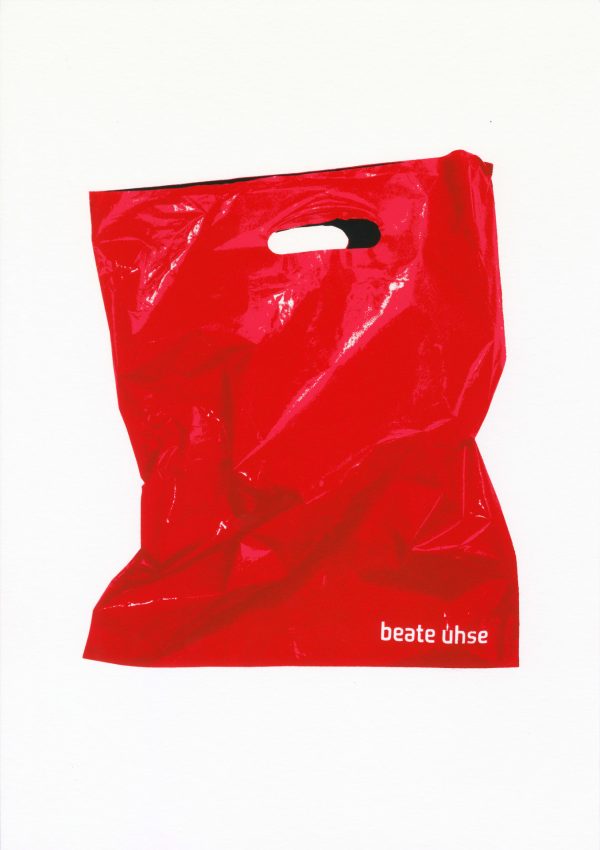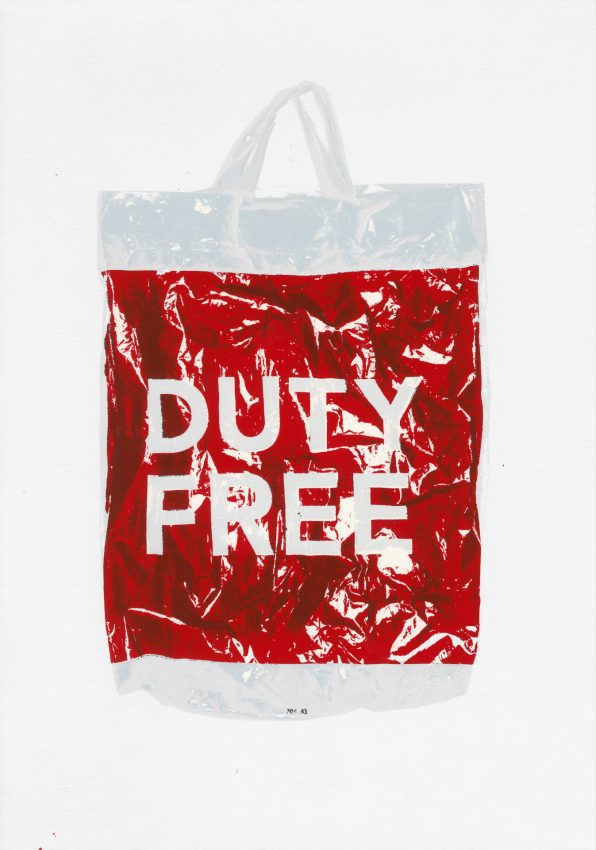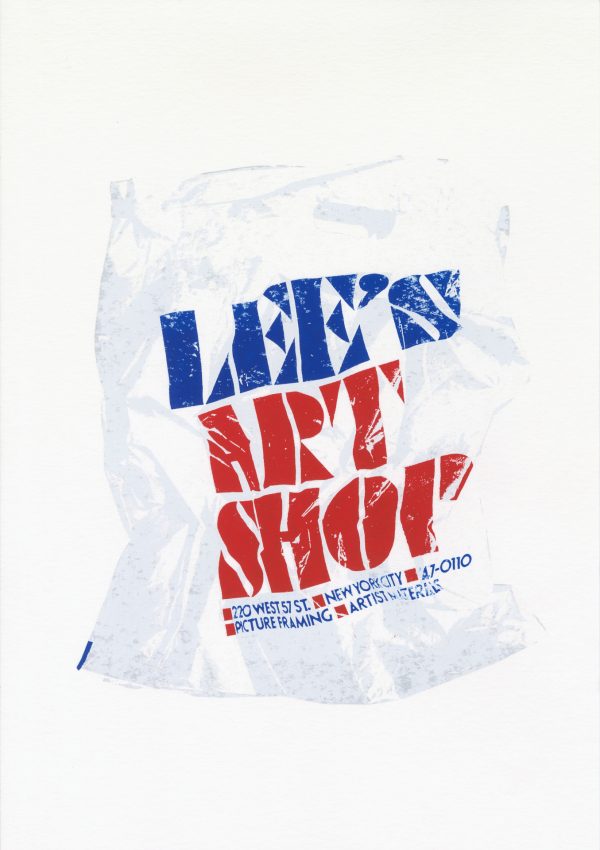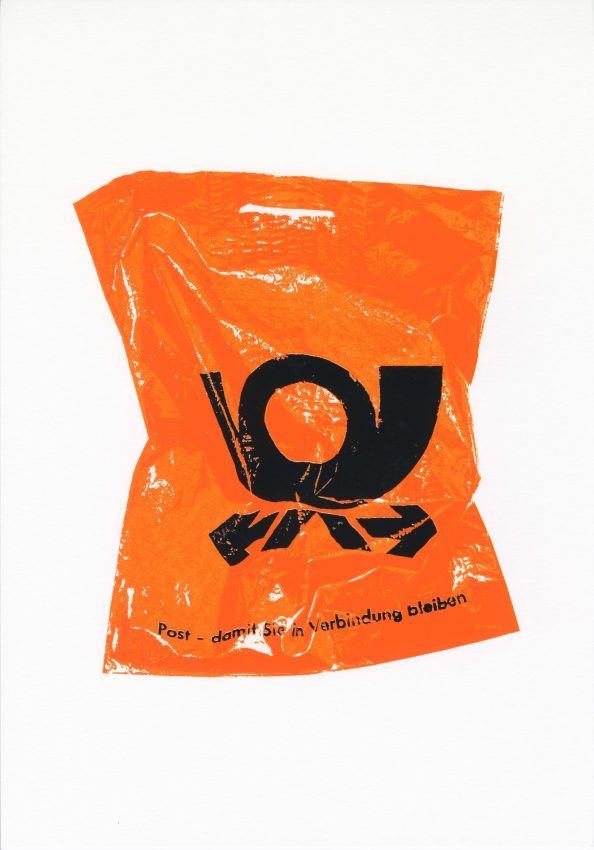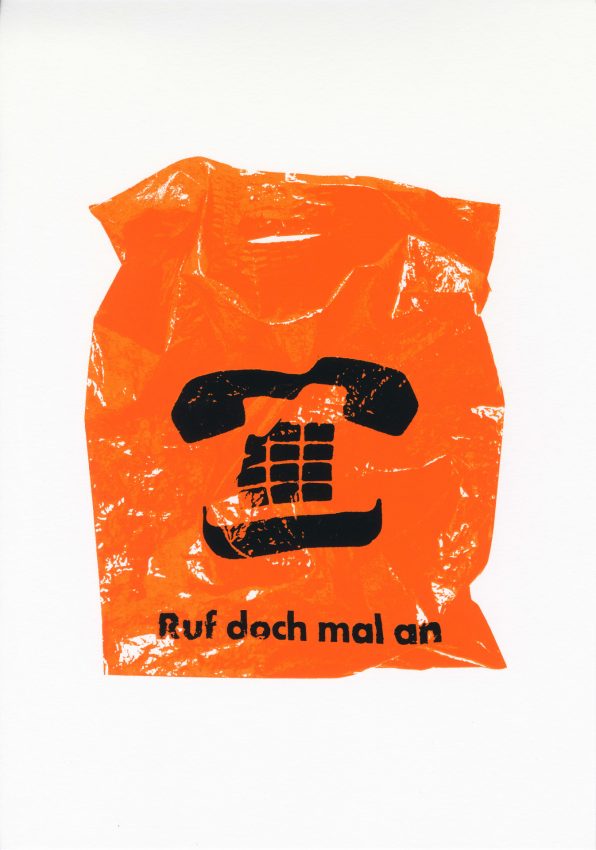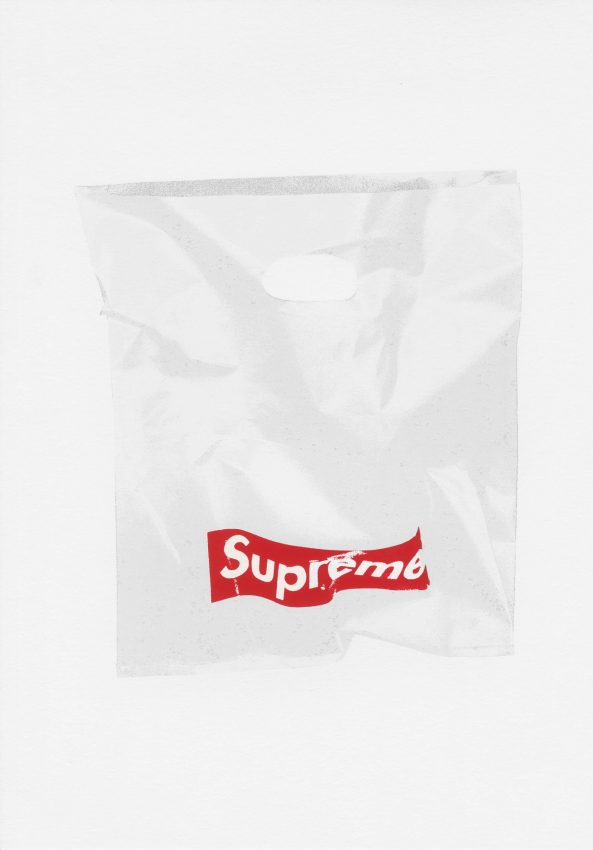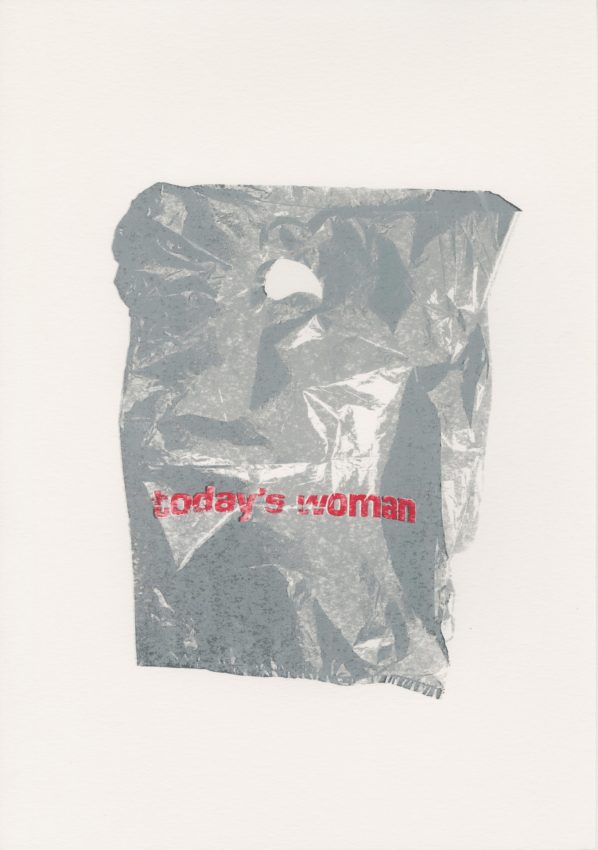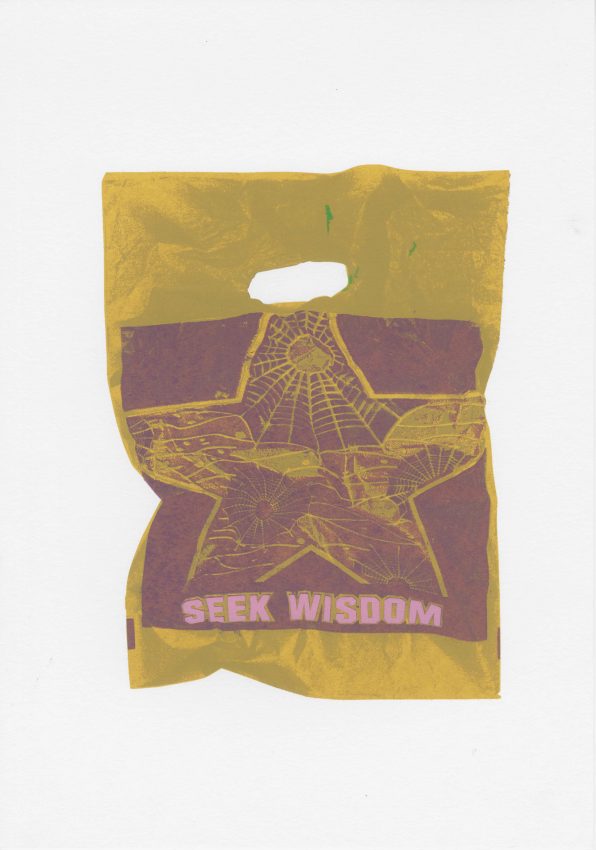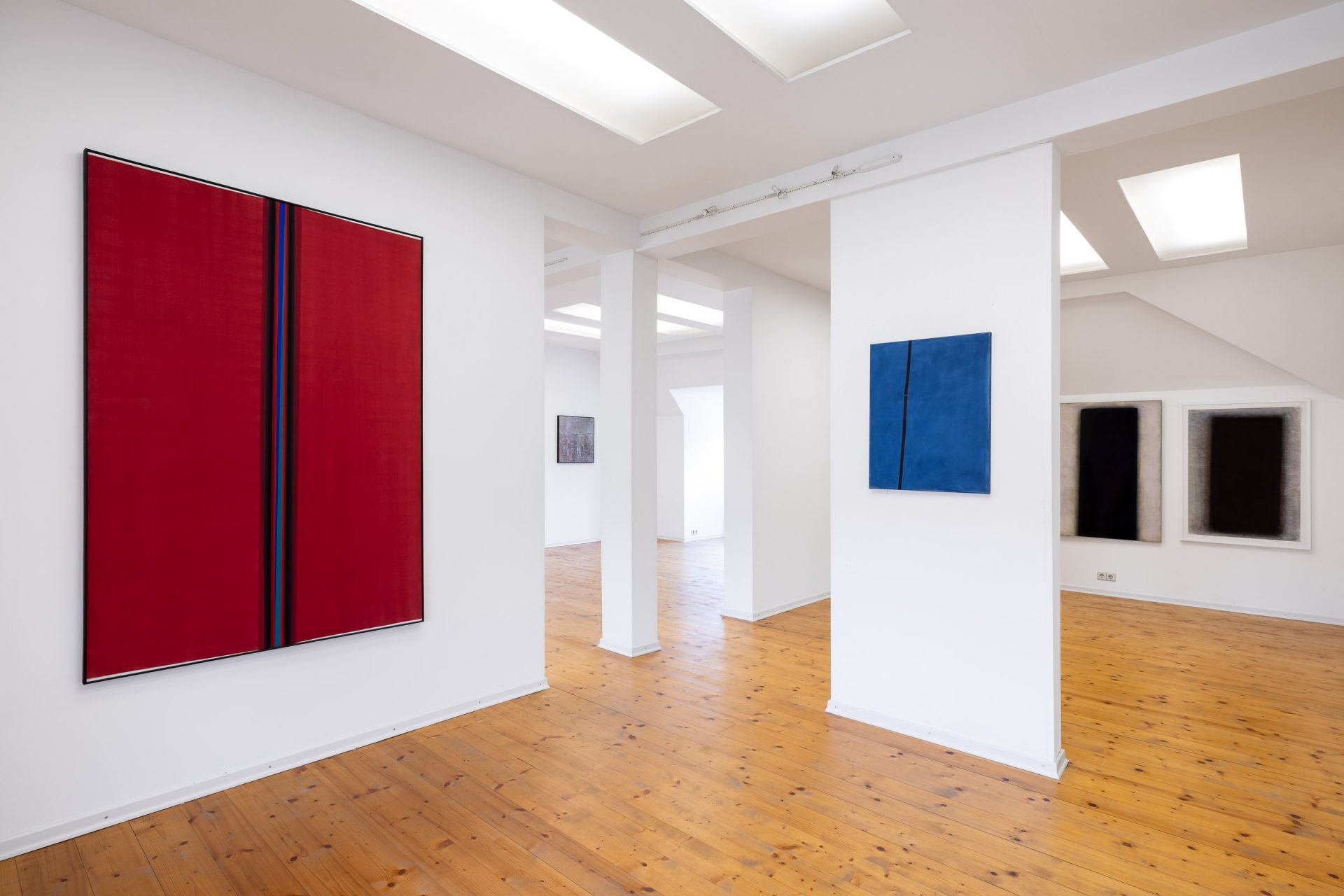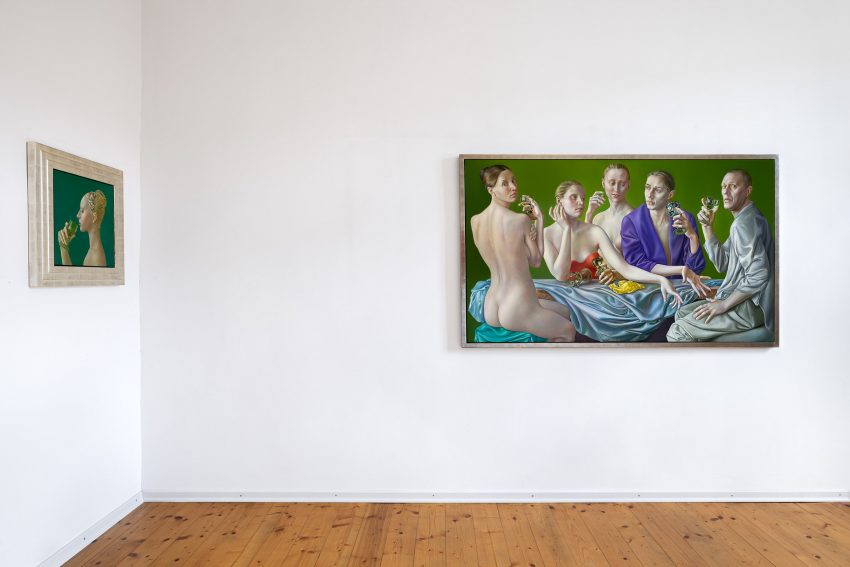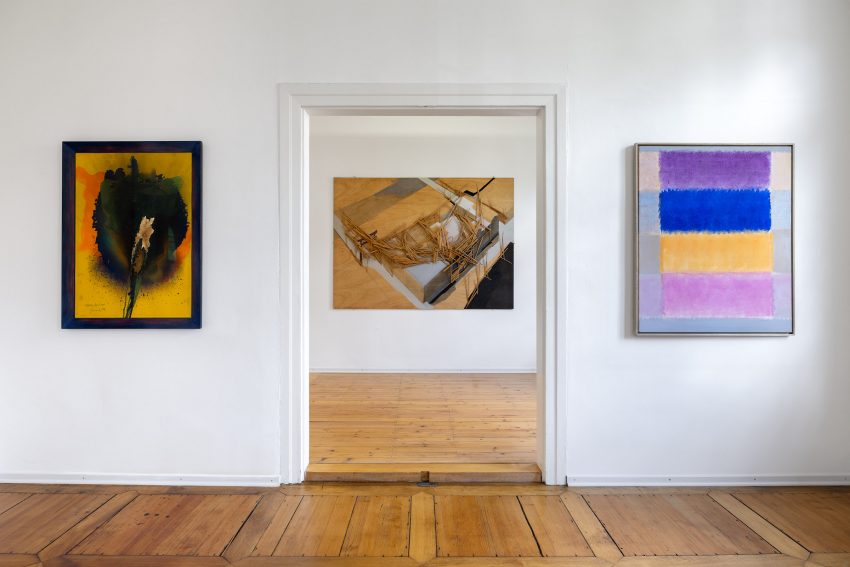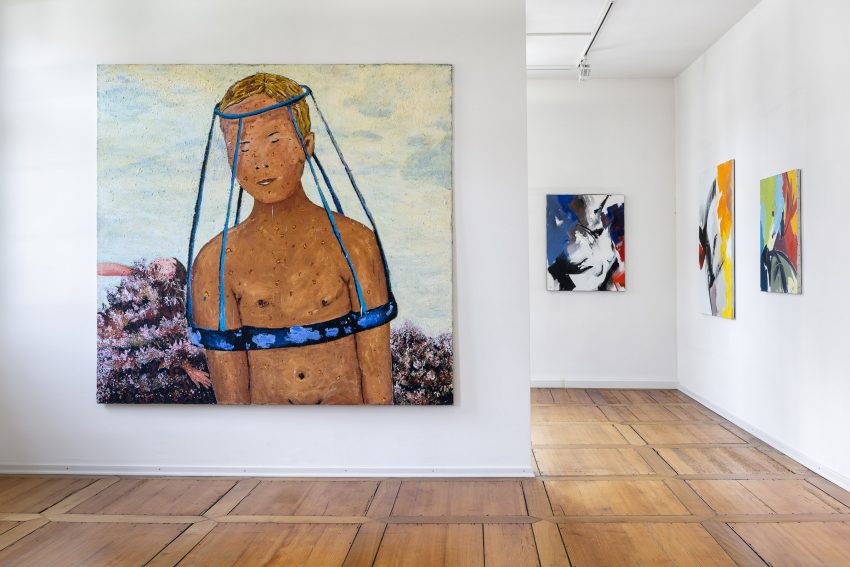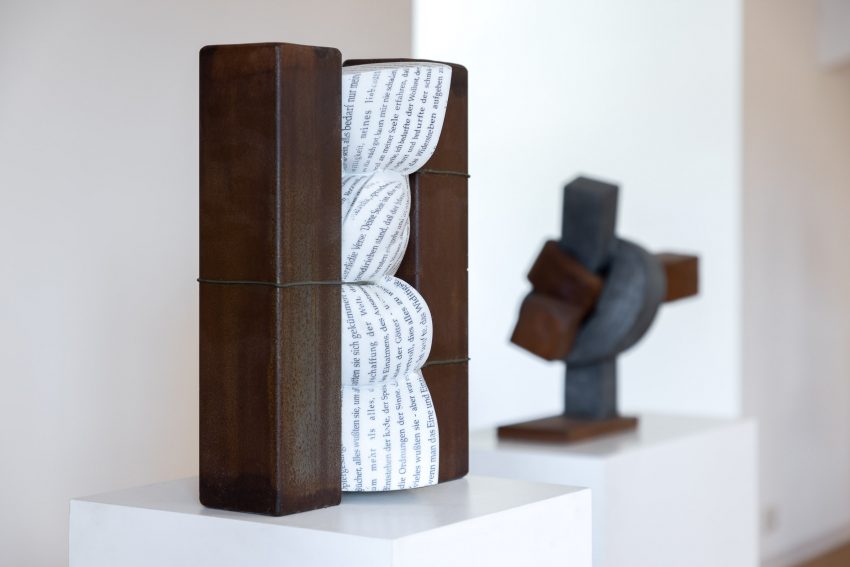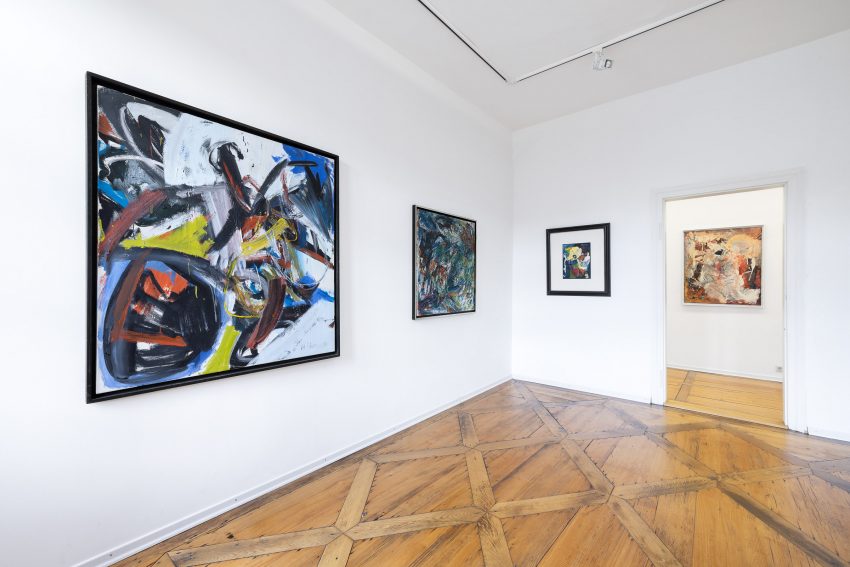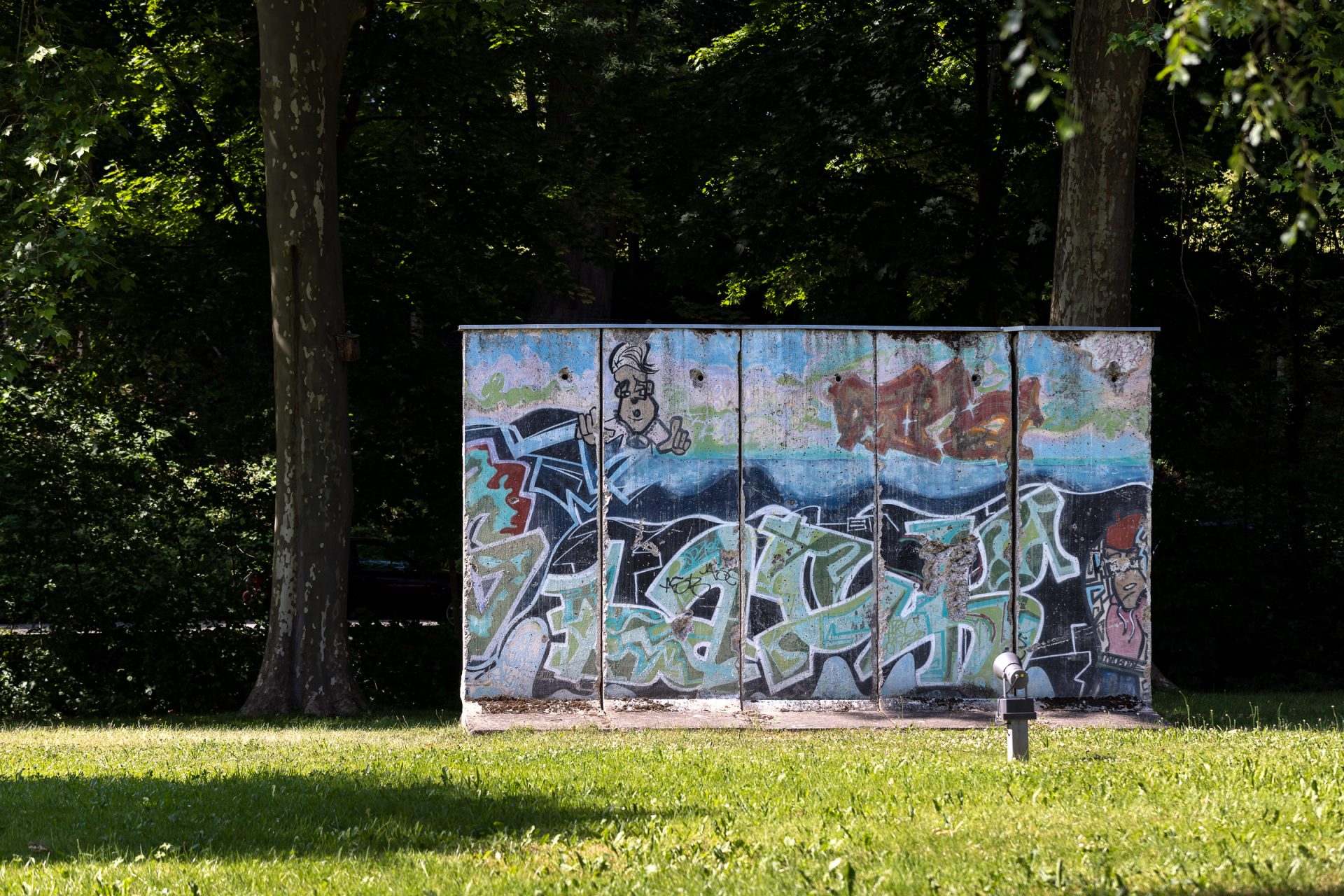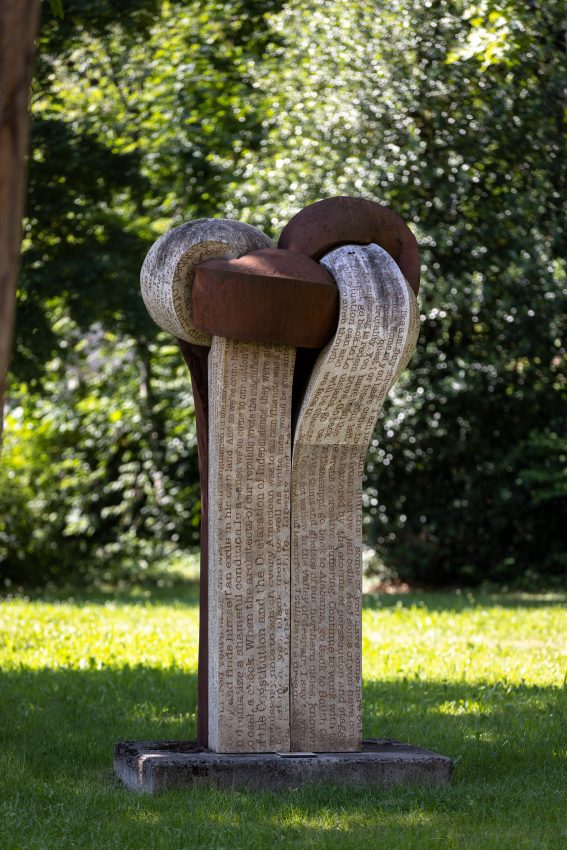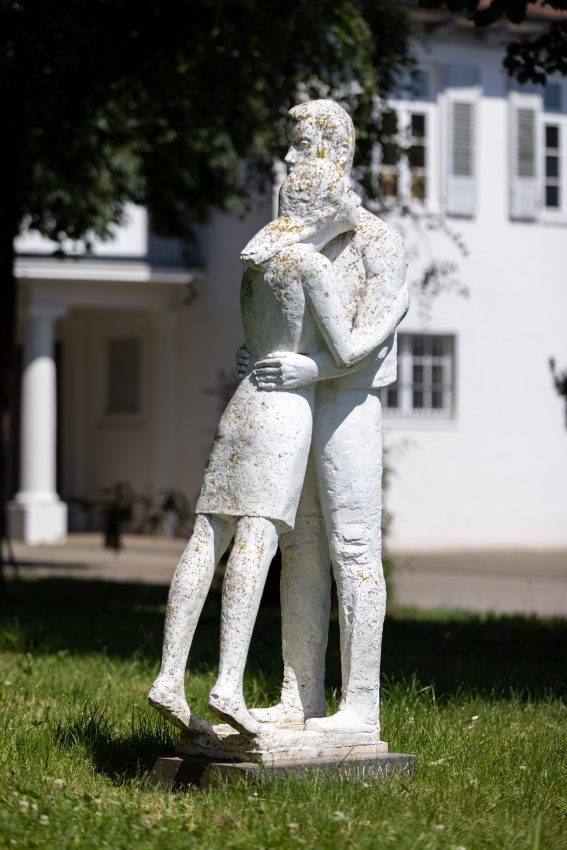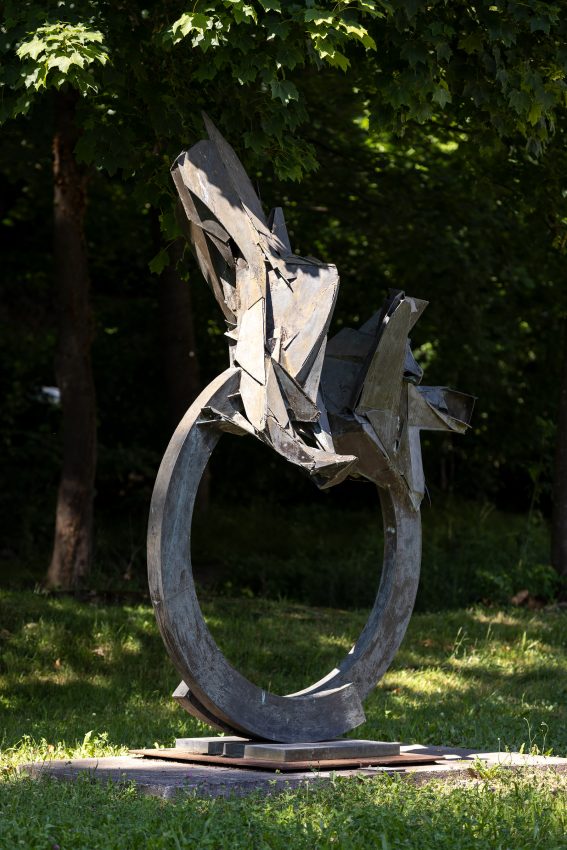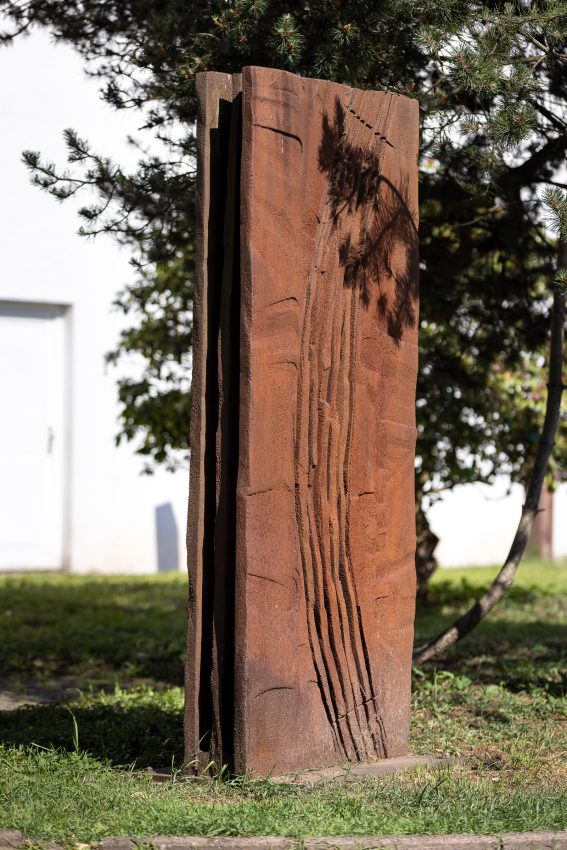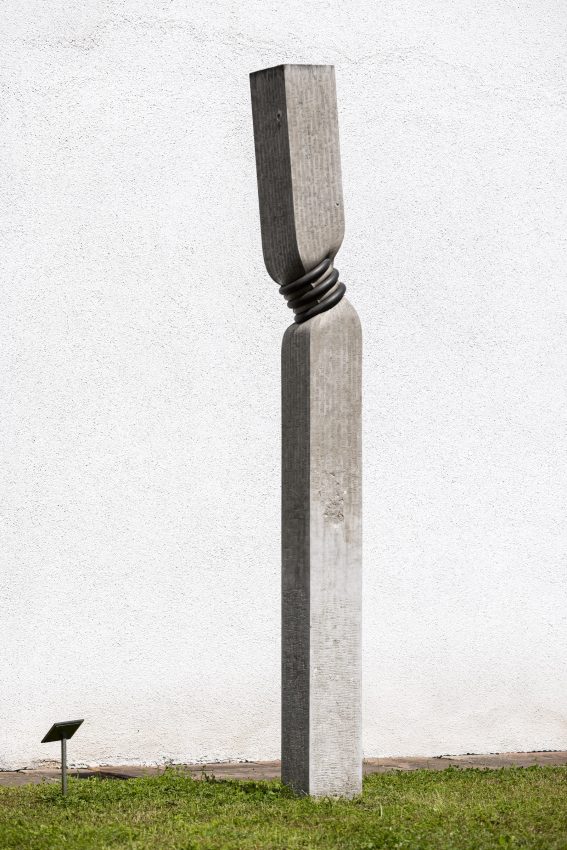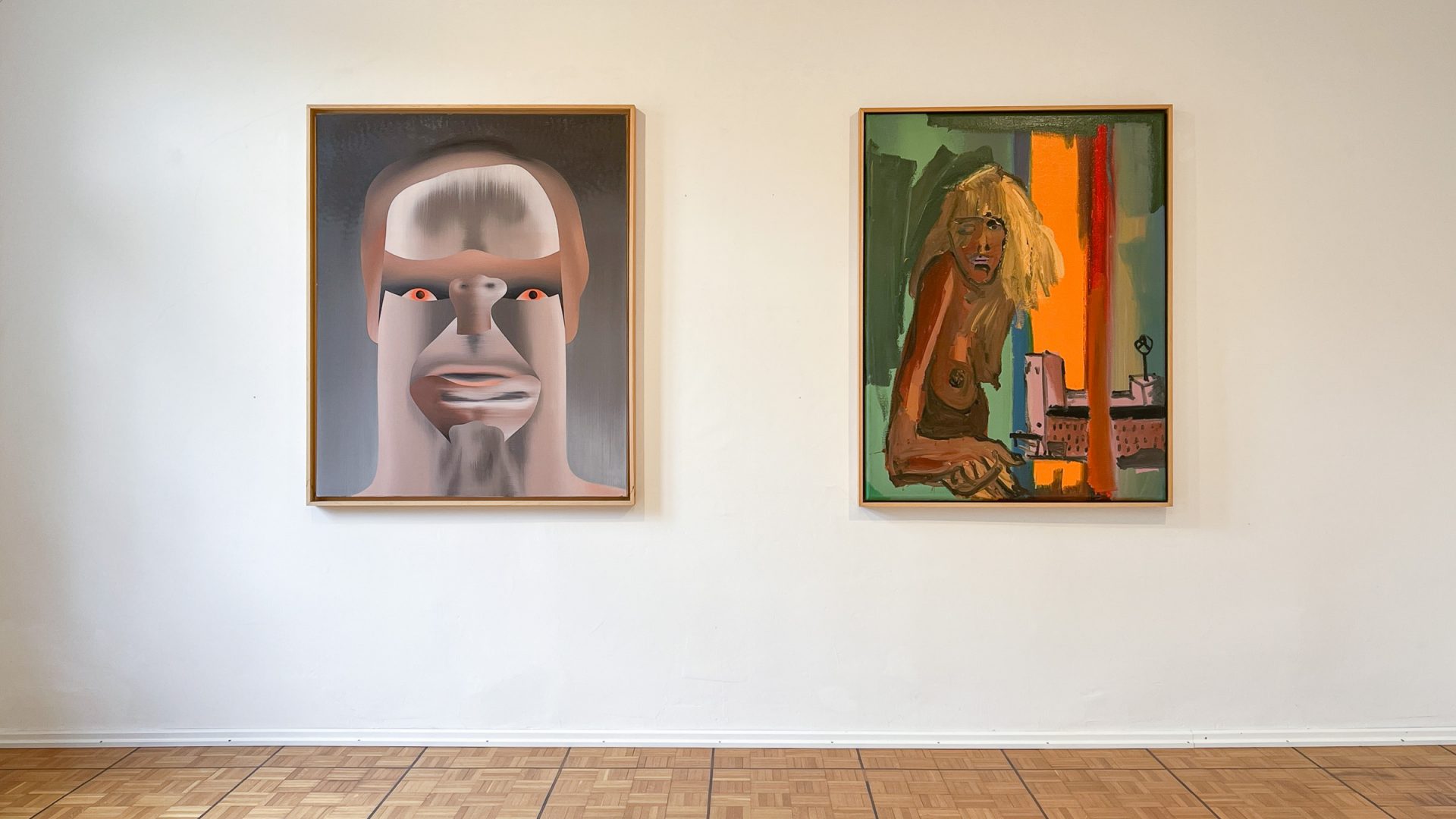
Portraits in Flux
Lambert Maria Wintersberger
21 May 2023 – 30 Apr 2024
Beletage
Wintersberger’s works are often mystical and evocative. They challenge viewers, tempting them to engage and take a stand, multifaceted as they are stylistically diverse. Always idiosyncratic and exceedingly authentic.
Born in Munich in 1941, Wintersberger, along with Markus Lüpertz and others, founded the producer gallery Großgörschen 35 in Berlin in the 1960s. He critically examined our society, its consumerism and its artistic movement of Pop Art. He operated in the superficial world of appearances, not by fitting into it but via resistance. He shoved a mirror in its face to lay bare all its imperfections. This was the inception of “Injury”, which brought him international recognition. Wires, clamps, or razor blades mutilate limbs, but with clear, Pop Art-like contours, harmonious color gradients, and sterile aesthetic–creating distance from the human while still getting under your skin.
His reputation as a German pop artist did not prevent him from switching styles and thematic focus. The former became more naturalistic in the 1970s, but never depicted objective reality. A strong subjective emphasis reigned with expressive tendencies, bringing his own unfiltered perception and inner attitude onto the canvas.
These recurrent shifts are actually a testimony to the fact that Lambert Maria Wintersberger always remained true to himself, encountering different subject matter over life’s course as we all do. In his case, they span from the monumental mountain Matterhorn and the examination of miniscule mushroom constellations, to sports and consumer products, and on to mythology. The criticism of social ideals runs through his entire body of work, as does his stubborn style. Wintersberger never allowed himself to be guided by shallow motifs; he dealt with his content in depth, and thus his versatile output is convincing in its honest integrity.
A constant theme is the idealized human being reflected in numerous portraits and self-portraits. These traverse over every creative period and painting style. Sometimes with clarity and clean silhouettes while others maintain a strongly gestural character with thick brushstrokes. Those portrayed are equally complex – alienations, such as distorted faces or displaced facial features, grotesque, mystical, or with invented accessories. The backgrounds are often neutral, leaving no hints to the viewer of the place or time; attention is entirely on the subject. The portraits are never purely depictive nor pleasing and thus set a counterweight to classical portraiture and the modern ideal of beauty, those demands of perfection that can never be fully realized.
The portraits shown here range from the 1970s to the 2010s and are complemented by other works from Wintersberger’s oeuvre.




